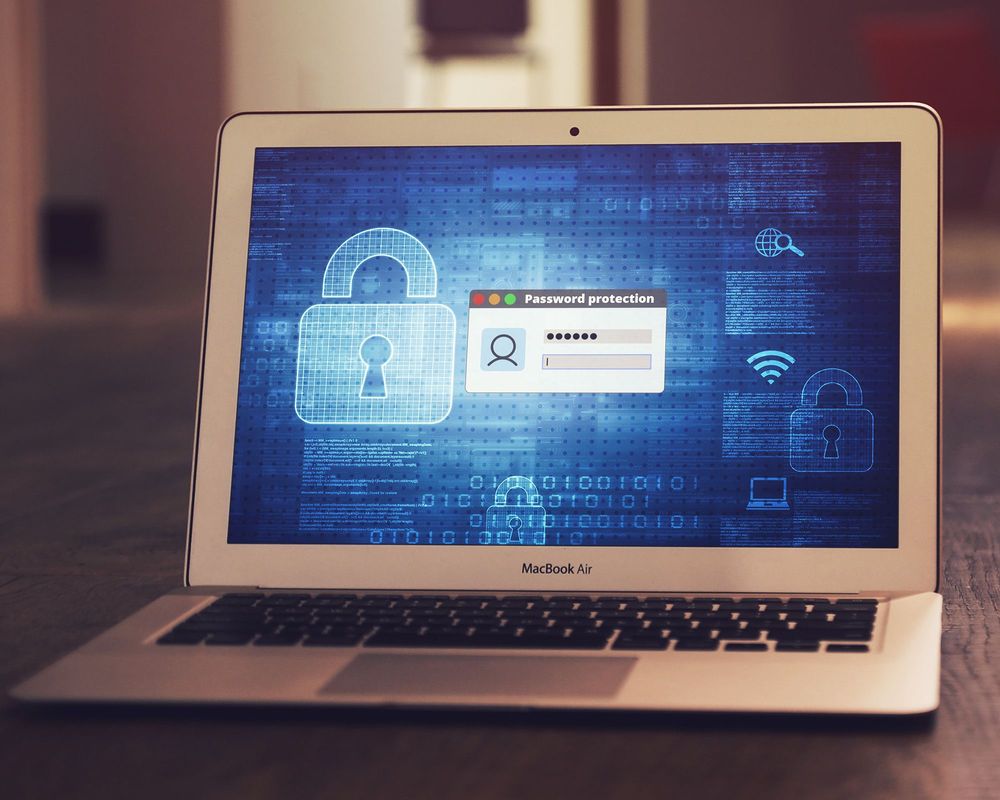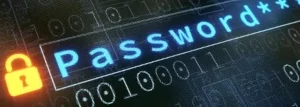How to create good and strong password

The Importance of Strong Passwords
The digital world has become an integral part of our lives, from banking and shopping to socializing and working. While it offers countless conveniences, it also opens the door to potential threats. One of the first lines of defense in your online security strategy is a strong password. A robust password can thwart malicious actors and protect your valuable information. So, let's dive into the art of creating a strong and secure password.
1. Length Matters: Go Long or Go Home
Longer passwords are inherently stronger. Aim for a minimum of 12 characters, and consider using passphrases – combinations of words, phrases, or sentences. These are easier to remember and harder for hackers to crack. A passphrase like "PurpleUnicorn$HopsOverRainbow!" is much stronger than a shorter, random string of characters.
2. Mix It Up: Use a Variety of Characters
A strong password should include a mix of uppercase and lowercase letters, numbers, and special characters. Don't use easily guessable sequences like "123456" or "password." Instead, create complexity by interweaving these elements, such as "T1g3r$Tornado!"
3. Avoid Predictability: Say No to Personal Information
Resist the temptation to use easily discoverable information, such as birthdays, names, or common words. Cybercriminals can easily guess these details. Instead, opt for something unrelated to your life. If you must use a word, modify it with numbers and symbols, like "3x@mpl3$ecure!"
4. Unique Passwords for Each Account: No Exceptions
Reusing passwords across multiple accounts is a dangerous practice. If one account is compromised, it puts all your other accounts at risk. Consider using a password manager to generate and securely store unique passwords for each service you use.
5. Regularly Change Your Passwords
While it's essential to create strong passwords, don't forget to change them periodically. Even the strongest password can become vulnerable over time. Set reminders to update your passwords, particularly for critical accounts like email and financial services.
6. Two-Factor Authentication (2FA): An Additional Layer of Protection
Whenever possible, enable 2FA for your online accounts. This extra layer of security requires you to provide a second form of verification, such as a text message code or a biometric scan, in addition to your password.
Fortify Your Digital Defense
In an increasingly connected world, the strength of your passwords can make the difference between security and vulnerability. Crafting strong passwords is a simple yet powerful step you can take to protect your digital identity and sensitive data. By following the principles outlined in this article, you can fortify your online defenses and navigate the digital landscape with confidence.
Remember, the battle against cyber threats is ongoing. Stay vigilant, keep your passwords strong and unique, and remain proactive in safeguarding your online world. Your digital fortress will be all the more impenetrable for it.





